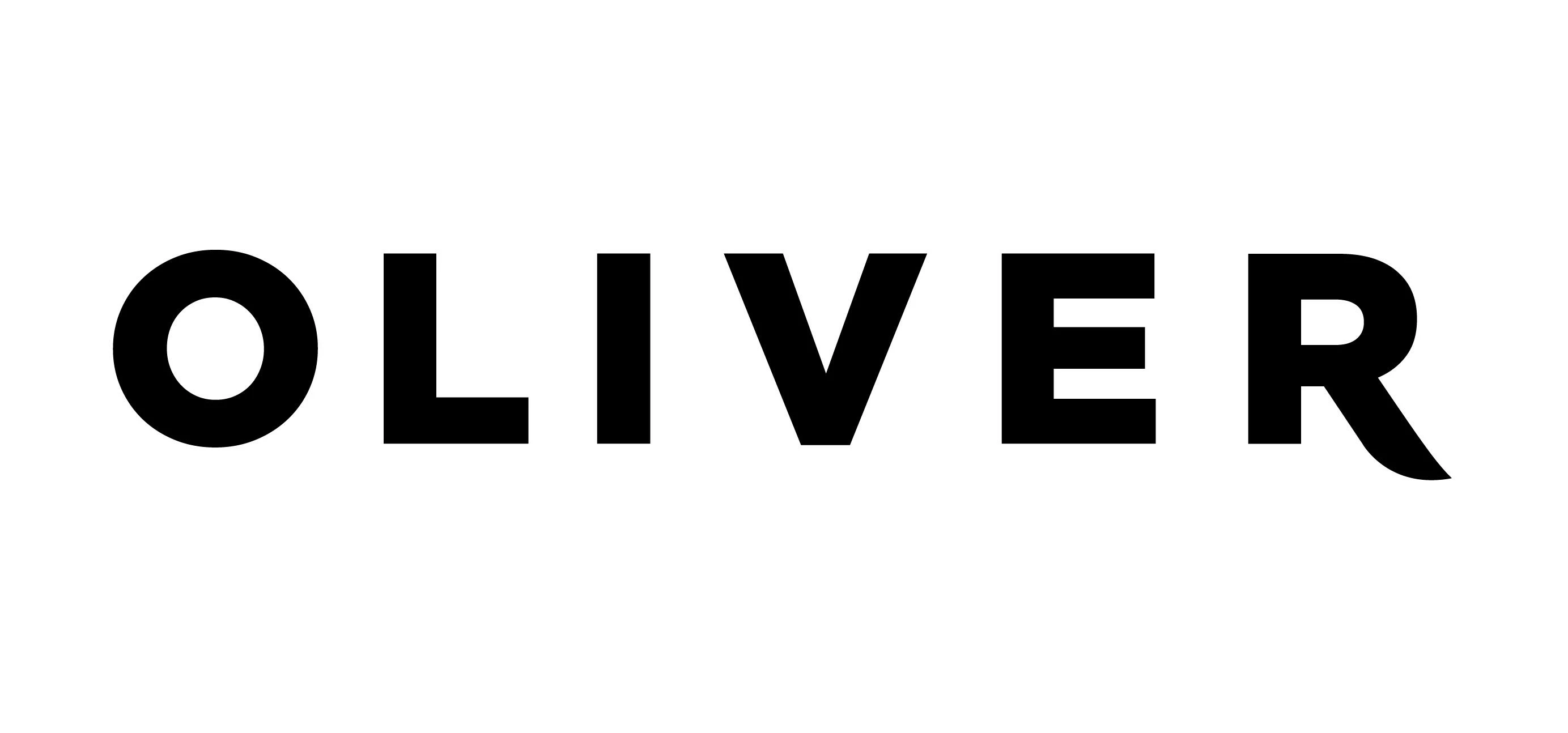
Partner Article
How do consumers really feel about the world’s 25 biggest brands?
Research unveiled today has highlighted the emotions roused in consumers by the world’s 25 biggest brands. It turns out that brands are generally better at evoking positive emotions than negative ones, but also suggests that marketers must work hard to generate any feelings at all in modern world-weary consumers.
The most frequently chosen emotion associated to some of the globes biggest household names was ‘Indifference’. In fact it was the number one emotion generated by all but three of the brands listed. Only Amazon, Google and Disney saw it ranking second behind ‘happiness’, earning 34%, 30% and 27% respectively.
Meanwhile the top brand for ‘excitement’ was tech giant Apple, but it still only engenders that emotion in 15% of consumers.
On the other side of the coin, McDonald’s was the most hated brand, provoking ‘hatred’ in 8% of us, closely followed by Facebook (7%), and Coca-Cola (6%); while the number one company for making us frustrated was Facebook again (5% say it makes them feel that way). MacDonald’s topped the list for creating feelings of anger (4%).
Overall, when the different responses were categorised in terms of ‘positive’, ‘negative’ and ‘neutral’ emotions, it turned out that positive emotions were three times as common as negative emotions – but neutrality was far and away the most common feeling held towards the world’s biggest brands.
The study was commissioned by in-house agency specialists OLIVER, asking 1,000 UK consumers for the emotions they associate with the world’s 25 most valuable brands (as ranked by Interbrand in 2015).
Commenting on the findings, Sharon Whale, chief executive officer at OLIVER Group UK, said: “Brands try to reach people through our emotions, but they may not be achieving that lofty goal: even top-ranked Amazon only makes around a third of us happy, while Apple is number one for generating excitement but still only does that for one in six consumers. Brands invest heavily – both monetary and physical – in delivering emotional advertising and branding. But our research suggests a lot of that is actually accomplishing very little.
“Brands must accept that they need to do more. It’s no secret that food and drinks brands are trying to draw attention to their healthier options for instance. Young people in particular are favouring responsibly-sourced produce and healthier diets, which explains the move away from brands like Coca-Cola and McDonald’s. It’s also reflected in the significant rise in veganism in the UK, up 350% in the past decade according to Ipsos MORI. This trend is being driven by younger generations, with almost half of all vegans in the 15-34 age category (42%).
“Much of the emotional response consumers have towards brands is driven by their experience of dealing with them – not just the advertising. Delivering a frictionless purchase or customer experience – which supports the brand promise – is what actually matters, and that impacts our view of a brand emotionally.”
The survey also revealed that:
The brands most likely to generate feelings of indifference among consumers were IBM and American Express (both with 35%) Men are almost twice as likely as women to feel anger (4% of men) or frustration (5% of men) at Apple Women are twice as likely as men to be frustrated by Google (3% vs. 1.5%) Men are significantly less likely than women to feel indifferent about tech brands like Intel, Microsoft and Samsung, or car brands like BMW and Toyota Men are much more likely than women to feel disappointed by Nike (3% vs. 1%) Women are twice as likely as men to feel happiness when they encounter the H&M brand, and twice as likely to feel frustrated by Facebook.
Whale concludes: “Even though the overall percentages are not as high as the brands concerned might wish, what’s clear is that Amazon, Google and Disney are best when it comes to evoking happiness, while Apple is top when it comes to getting consumers excited about its new products and services. What’s even clearer – at least in my humble opinion – is that these brands also deliver the customer experience they promise – one that is true to their brand.”
“With consumers experiencing daily, if not hourly, wafts of brand advertising, brands need marketing solutions that are easily scalable and moveable – but also relevant to their audience’s wants and needs. Working inside our clients’ businesses enables us to deliver creativity more quickly and efficiently. Operating in-house cuts out the guess work and enables your agency team to truly get under the skin of your brand.”
This was posted in Bdaily's Members' News section by Alex Sampson .
Enjoy the read? Get Bdaily delivered.
Sign up to receive our popular morning National email for free.








 Powering a new wave of regional screen indies
Powering a new wave of regional screen indies
 A new year and a new outlook for property scene
A new year and a new outlook for property scene
 Zero per cent - but maximum brand exposure
Zero per cent - but maximum brand exposure
 We don’t talk about money stress enough
We don’t talk about money stress enough
 A year of resilience, growth and collaboration
A year of resilience, growth and collaboration
 Apprenticeships: Lower standards risk safety
Apprenticeships: Lower standards risk safety
 Keeping it reel: Creating video in an authenticity era
Keeping it reel: Creating video in an authenticity era
 Budget: Creating a more vibrant market economy
Budget: Creating a more vibrant market economy
 Celebrating excellence and community support
Celebrating excellence and community support
 The value of nurturing homegrown innovation
The value of nurturing homegrown innovation
 A dynamic, fair and innovative economy
A dynamic, fair and innovative economy
 Navigating the property investment market
Navigating the property investment market